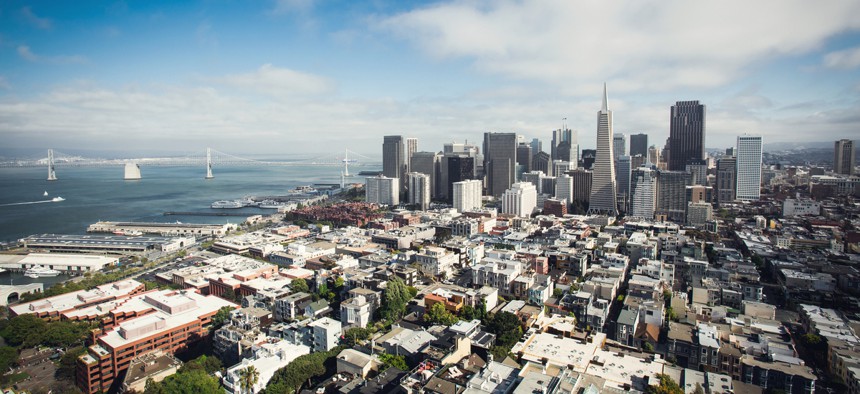Sometimes it feels hard to remember that Silicon Valley is an actual place, a collage of parched suburbs, and not just the collective noun for information-technology companies. But before it was the idea center of the internet, it was a group of factory towns, the blinking heart of “clean” manufacturing, the hallmark of the Information Age.
Silicon Valley was a major industrial center for much of the 20th century. Semiconductors and microprocessors rolled out of factories scattered all over the area (known on maps as Santa Clara County) from the 1950s to the early 1990s—AMD, Apple, Atari, Fairchild, Hewlett-Packard, Intel, and Xerox, to name just a few. From the mid-1960s to the mid-1980s, Santa Clara County added 203,000 manufacturing jobs, 85 percent of them in tech. Beginning in the 1980s, as government contracts disappeared, Silicon Valley companies moved toward creating software, and beginning in the 1990s, companies there largely focused on internet-based applications. Now the area trades mostly in the rarefied and intangible realm of apps and software.
It’s hard to see that now, when glass-walled office buildings, corporate campuses, and strip malls along highways that bloom into concrete clovers dominate the landscape of this former industrial area. But all of that industrial history left something behind.
The Google Quad Campus looks way too nice to be contaminated with toxic waste: There are matching bikes, a pool with primary-colored umbrellas, and a contained universe that looks more like a college or a park than a satellite campus of one of the biggest companies in the world.
But it turns out that this idyllic garden of corporate harmony sits on land that since 1989 has been a Superfund site, a designation the EPA gives some of the most contaminated or polluted land in the country. And while thousands of tons of contaminants have since been removed, it is still being cleaned up. For a few weeks at the end of 2012 and into 2013, toxic vapors got into two campus buildings, possibly exposing the office workers there to levels of chemicals above the legal limit set by the EPA. A spokesman for Google said that while the pollution levels required remedial action, they did not necessarily put employees in danger. He added that the issue was resolved in less than four weeks.






